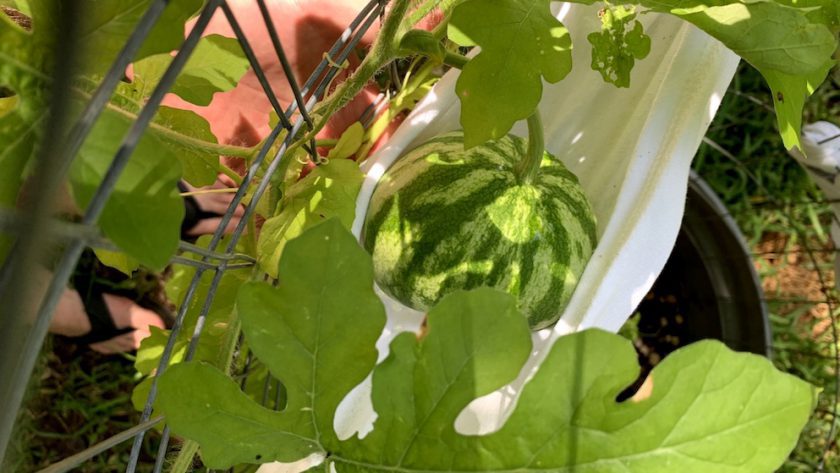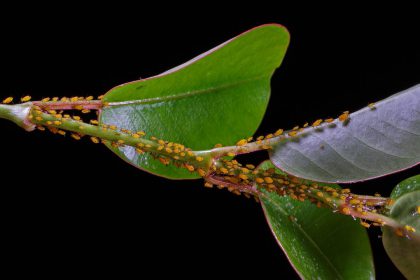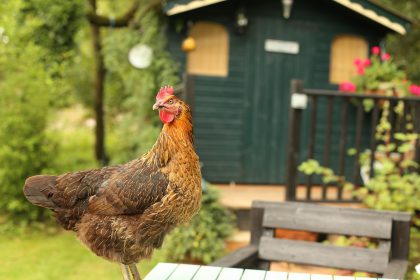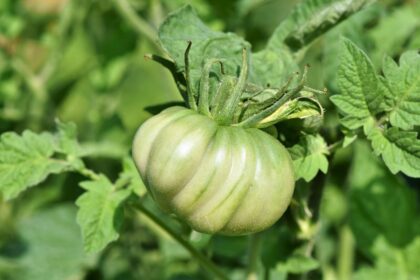How to set up your watermelon’s super comfortable casa during spring for the best most satisfying growth.
Here is how to set up your watermelon’s super comfortable casa for growth, you will need a few things for your watermelon’s casa to get started:
- A container, or a garden. Recommended to have at least a minimum 5-gallon or larger container 10 gallons would be ideal to help with the watermelon root system.
- 6-8 hours of direct sunlight
- Well-draining, slightly acidic soil, watermelons like sandy loam soil with a PH of 6.0-7.0, two bags of this for the 5-gallon container. 4 bags if you are doing 10 gallons.
- A trellis if you are attempting to grow this in a pot. Especially for a limited area (apartment/townhome). You can use the old shirt to help support the weight of growing watermelons or even an old nylon hose that is cut and tied to the trellis.
Click here to see how to build your own trellis.
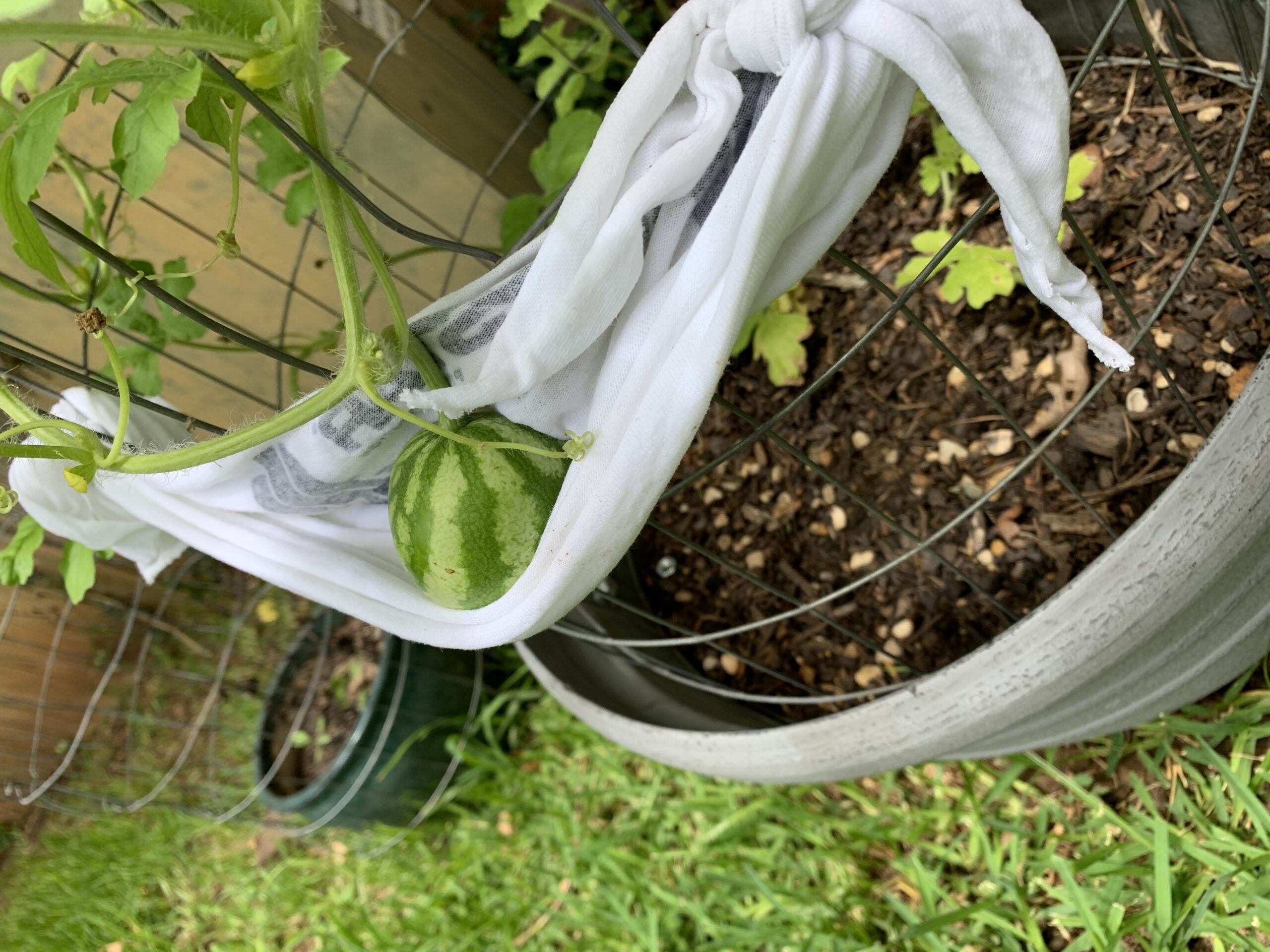
Now we have essentials we need to plant some seeds.
Easiest thing to do is grab some seeds, I like Burpee’s Crimson Sweet Watermelon. Great if you can harvest some seeds for the next year.
Watermelon seeds can be directly sown into the pot, or you can start with seedlings for a head start. If starting from seeds, plant them 1 inch deep into the soil, 3-4 seeds per pot. Once the seedlings are a few inches tall, thin them to leave the strongest one or two plants.
Watermelons need regular watering to maintain consistent moisture levels. Keep the soil evenly moist but not waterlogged. Water deeply when the top inch of soil feels dry. As the plant grows, adjust the watering frequency to meet its increasing water requirements.
Prior to planting, incorporate a slow-release fertilizer into the potting mix according to the package instructions. Alternatively, you can feed the plants with a balanced water-soluble fertilizer every few weeks during the growing season. Follow the recommended rates on the fertilizer package.
For pollination, watermelons require pollination to set fruit. You can aid in pollination by gently shaking the plants or using a small ear swab to transfer pollen between flowers. This helps ensure proper fruit development.
To manage the growth and redirect energy towards fruit production, you can pinch off any excessive shoots or side vines that are not bearing fruit. Pruning also helps improve air circulation and reduces the risk of disease.
- Pruning: To manage the growth and redirect energy towards fruit production, you can pinch off any excessive shoots or side vines that are not bearing fruit. Pruning also helps improve air circulation and reduces the risk of disease. Harvesting: Watermelons are ready for harvest when the underside turns creamy yellow and the fruit sounds hollow when tapped. Refer to the specific variety’s estimated days to maturity for a general timeline.
Remember to provide adequate space for the watermelon vines to sprawl or train them vertically if using a support system. Regularly monitor the plants for pests, diseases, and signs of nutrient deficiencies. With proper care, sunlight, and attention to watering, you can enjoy homegrown Crimson Watermelons from your pot.
Click here to read how to harvest and store your seeds for the next season.
